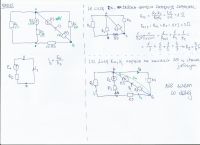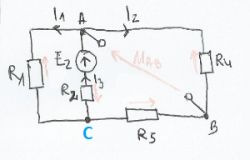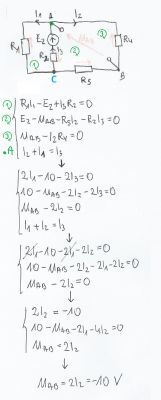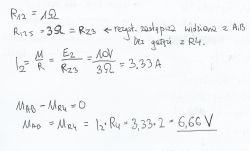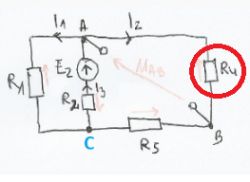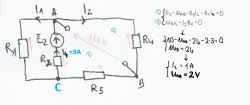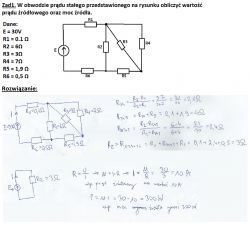I am asking for help in solving the following tasks.

In task 1 I counted the currents flow (probably unnecessarily). I don't know what source power is. Is it about the current in the branch with the voltage source? If so, then I1 = 15 A.

I did not continue but decided to do the task again. This time I counted the circuit's equivalent resistance (seen from the nodes that are the ends of the branch with the R2 resistor). I don't know how to calculate the no-load voltage E0 (I also don't know what it is but I think it needs to be counted). If you take the initial voltage U = 30V, then from Ohm's law I = 10A


In task 1 I counted the currents flow (probably unnecessarily). I don't know what source power is. Is it about the current in the branch with the voltage source? If so, then I1 = 15 A.

I did not continue but decided to do the task again. This time I counted the circuit's equivalent resistance (seen from the nodes that are the ends of the branch with the R2 resistor). I don't know how to calculate the no-load voltage E0 (I also don't know what it is but I think it needs to be counted). If you take the initial voltage U = 30V, then from Ohm's law I = 10A





